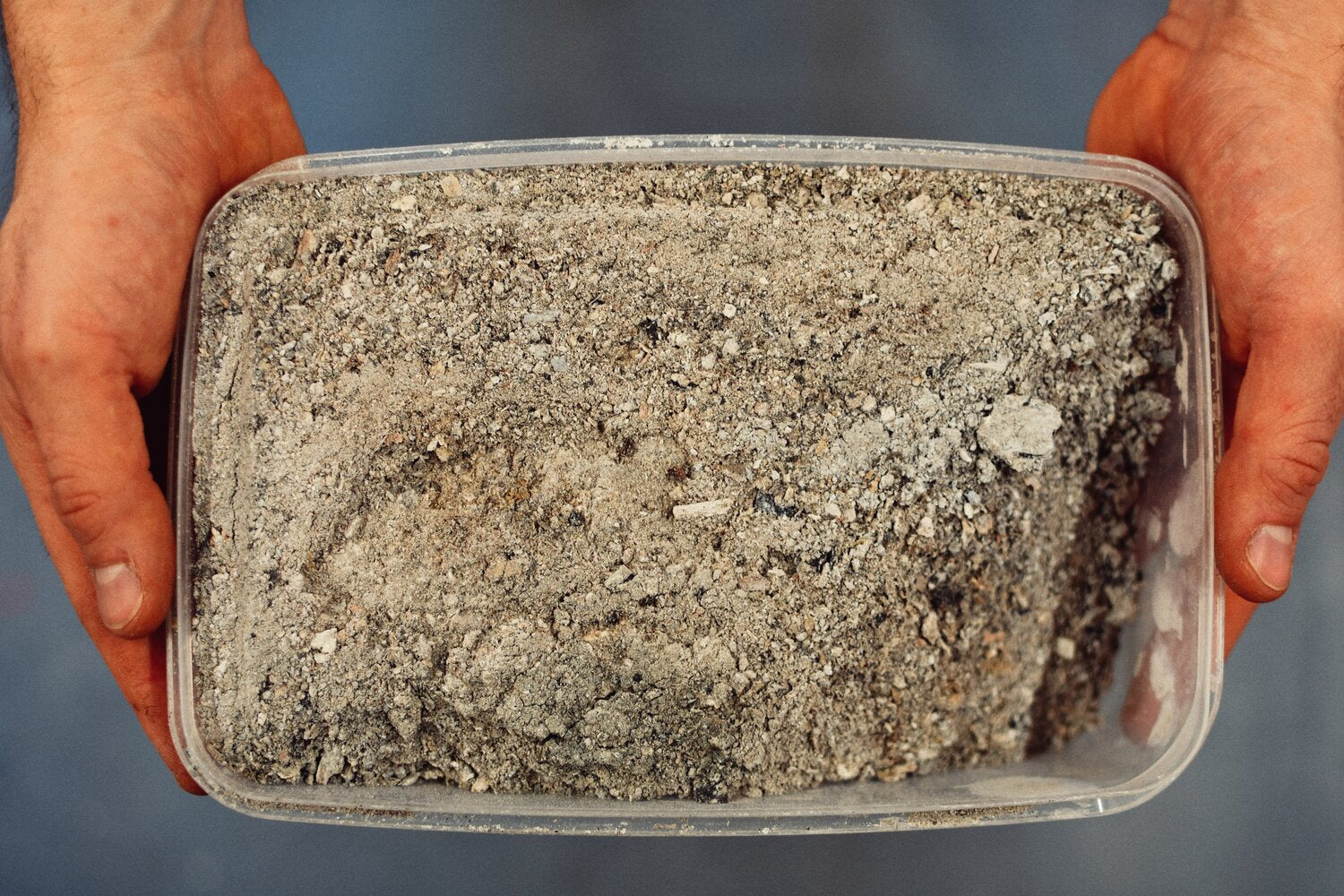As the second Jorum Craft Award opens for applications, we thought it would a great time to update you all on the progress if the first recipients.
As you can imagine, working on projects during the time of COVID has its (many) challenges, but we’re thrilled to see that both Florence Dwyer and Stephen Kavanagh have been able to get a start on their projects.
Florence has studied traditional ceramic techniques in Japan and these methods are reflected in Flo’s graceful and refined creations. A strong focus on social and cultural history informs her work. With the Jorum Craft Award, Florence proposed to travel to the Scottish Isles to study the sites of ancient settlements; marrying Scottish history with international techniques.

This led me to think about my approach to the materials I use with a particular focus on the process of sourcing, making and applying glazes. To enable me to start researching this I've used the support of the Jorum Craft award to try and get my head round the chemical makeup of ceramic glazes, products which I would usually buy from a specialist supplier. I have grasped some of the challenging chemistry involved in this which has given me the confidence to start making my own glazes from scratch as well as implementing natural and collected elements into the recipes. This has included making and collecting ashes created from local plants, woods and friend's fireplaces to soon be experimented with and turned into Ash Glazes. Ash glazes are ceramic glazes made from wood, plants, paper, straw, and can be traced back to the Shang period in China (1500 BC). It is thought that they were created accidentally as a result of the hot wood ash floating around the kiln with the draft of the fire, these ashes would land on pots and the bricks of the kiln and the searing heat would melt it into glass. I like the haphazard nature of this origin and how the chemical details embodied in specific trees, reclaimed wood or paper can express itself in glaze form.”

Stephen, a woodturner and maker from Fife, now living and working in Edinburgh, crafts hand-turned wooden objet using recycled, salvaged, reclaimed and ethically sourced timber. With the Jorum Craft Award Stephen proposed research and developing methods of stabilizing defective and undesirable timbers to create decorative pieces.
There are a number of defects which Stephen is focussing his research on including cracks, warping and knots. He says “There are a few solutions that I want to explore to remedy this. Some I’ve managed to touch already in my practice, others are completely new.
Butterfly Keys – This method requires a lot of hand tooling work, using chisels to cut out an area in the shape of a butterfly (a minimalist butterfly but more like a bowtie shape). This spans over the gap created by cracks and splits. This can help to stop the timber drying out and cracking further.
Stitching – Using copper wire. This is a highly decorative and if done right can be extremely beautiful. Creating small holes parallel to a split you can then thread wire between these holes and tighten them up at the top and bottom areas to stop anymore shifting parts.

Rough turning – This is in response to the moisture content. If the moisture content is too high, then the piece of timber runs the risk of cracking as it dries. Timber dries from the outer edge into the centre so the shrinking begins from the outer edges first as the interior stays the same. This creates a lot of tension. By rough turning a piece you allow it to dry more evenly, the timber can then move and reshape itself before a final turning can be done.
Turning wet – Going a step further, turning timber green (high moisture content) you can allow it to reshape itself, allowing it to naturally find its final form. This could create very unique pieces. This can also be done with harder knotted pieces by soaking them for some time prior to turning. This would need a lot of further research into methodology.
Shou Sugi Ban – This is a Japanese technique which I’ve been keen on exploring further for some time. This is used as a method of treating timber to be moisture resistant. Charring the surface and scrubbing out lose material.
As time goes on and this project develops, I will be open to other methodologies.”
Stephen as set up a lovely blog to document his project.
The second Jorum Craft Award is now open for applications with a closing date of 19 January 2021. Visit the Craft Scotland website for more info.
